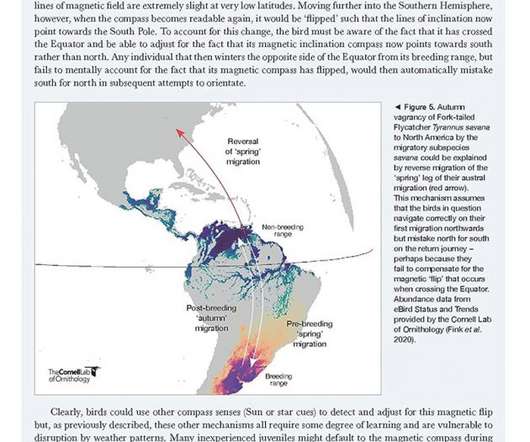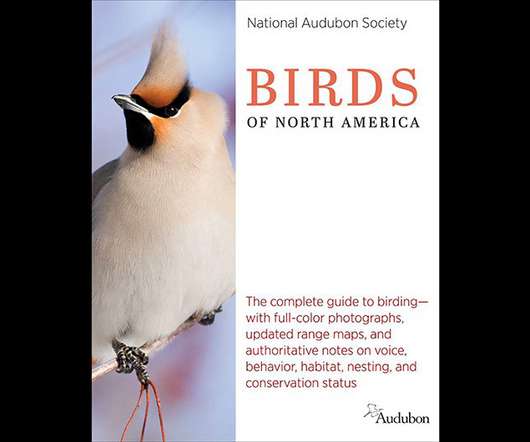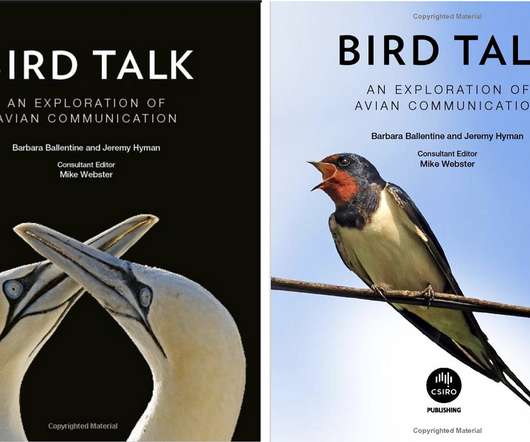Just call him Dr. Dolittle
10,000 Birds
MAY 19, 2015
As reported by the New York Times , the good professor has made a career out of studying interactions between predators and prey, and has lately homed in on birds’ warning signals, sharing a National Science Foundation grant with scientists from the Cornell Lab of Ornithology.
































Let's personalize your content